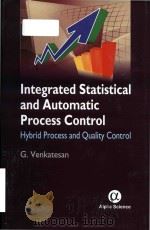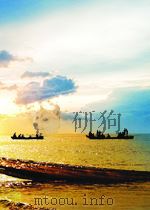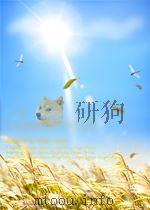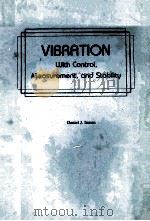《Flight Stability and Automatic Control》
| 作者 | Dr. Robert C. Nelson 编者 |
|---|---|
| 出版 | Mc Graw Hill |
| 参考页数 | 441 |
| 出版时间 | 1998(求助前请核对) 目录预览 |
| ISBN号 | 0070462731 — 求助条款 |
| PDF编号 | 814011498(仅供预览,未存储实际文件) |
| 求助格式 | 扫描PDF(若分多册发行,每次仅能受理1册) |
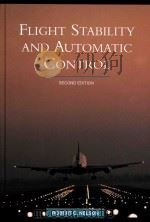
1Introduction1
1.1 Atmospheric Flight Mechanics1
1.2 Basic Definitions3
1.3 Aerostatics7
1.4 Development of Bernoulli’s Equation9
1.5 The Atmosphere12
1.6 Aerodynamic Nomenclature19
1.7 Aircraft Instruments22
1.8 Summary32
Problems32
References33
2Static Stability and Control35
2.1 Historical Perspective35
2.2 Introduction39
2.3 Static Stability and Control42
2.4 Longitudinal Control62
2.5 Stick Forces70
2.6 Definition of Directional Stability73
2.7 Directional Control77
2.8 Roll Stability78
2.9 Roll Control81
2.10 Summary84
Problems85
References95
3Aircraft Equations of Motion96
3.1 Introduction96
3.2 Derivation of Rigid Body Equations of Motion97
3.3 Orientation and Position of the Airplane101
3.4 Gravitational and Thrust Forces103
3.5 Small-Disturbance Theory104
3.6 Aerodynamic Force and Moment Representation108
3.7 Summary127
Problems128
References130
4Longitudinal Motion (Stick Fixed)131
4.1 Historical Perspective131
4.2 Second-Order Differential Equations133
4.3 Pure Pitching Motion139
4.4 Stick Fixed Longitudinal Motion147
4.5 Longitudinal Approximations152
4.6 The Influence of Stability Derivatives on the Longitudinal Modes of Motion162
4.7 Flying Qualities164
4.8 Flight Simulation169
4.9 Summary171
Problems174
References179
5Lateral Motion (Stick Fixed)181
5.1 Introduction181
5.2 Pure Rolling Motion182
5.3 Pure Yawing Motion188
5.4 Lateral-Directional Equations of Motion193
5.5 Lateral Flying Qualities203
5.6 Inertial Coupling205
5.7 Summary206
Problems206
References210
6Aircraft Response to Control or Atmospheric Inputs212
6.1 Introduction212
6.2 Equations of Motion in a Nonuniform Atmosphere215
6.3 Pure Vertical or Plunging Motion218
6.4 Atmospheric Turbulence225
6.5 Harmonic Analysis227
6.6 Wind Shear229
6.7 Summary232
Problems233
References234
7Automatic Control Theory—The Classical Approach235
7.1 Introduction235
7.2 Routh’s Criterion238
7.3 Root Locus Technique243
7.4 Frequency Domain Techniques250
7.5 Time-Domain and Frequency-Domain Specifications251
7.6 Steady-State Error258
7.7 Control System Design262
7.8 PID Controller271
7.9 Summary274
Problems275
References280
8Application of Classical Control Theory to Aircraft Autopilot Design281
8.1 Introduction281
8.2 Aircraft Transfer Functions283
8.3 Control Surface Actuator288
8.4 Displacement Autopilot292
8.5 Stability Augmentation312
8.6 Instrument Landing314
8.7 Summary318
Problems319
References322
9Modern Control Theory323
9.1 Introduction323
9.2 State-Space Modeling324
9.3 Canonical Transformations335
9.4 Controllability and Observability344
9.5 State Feedback Design347
9.6 State Variable Reconstruction:The State Observer355
9.7 Optimal State-Space Control System Design359
9.8 Summary362
Problems362
References366
10Application of Modern Control Theory to Aircraft Autopilot Design367
10.1 Introduction367
10.2 Stability Augmentation367
10.3 Autopilot Design379
10.4 State Observer383
10.5 Optimal Control386
10.6 Summary391
Problems391
References394
Appendices395
AAtmospheric Tables (ICAO Standard Atmosphere)395
B Geometric,Mass,and Aerodynamic Characteristics of Selected Airplanes398
C Mathematical Review of Laplace Transforms and Matrix Algebra420
D Review of Control System Analysis Techniques429
Index435
1998《Flight Stability and Automatic Control》由于是年代较久的资料都绝版了,几乎不可能购买到实物。如果大家为了学习确实需要,可向博主求助其电子版PDF文件(由Dr. Robert C. Nelson 1998 Mc Graw Hill 出版的版本) 。对合法合规的求助,我会当即受理并将下载地址发送给你。
高度相关资料
-

- DYNAMICS OF FLIGHT—STABILITY AND CONTROL SECOND EDITION BERNARD ETKIN
- JOHN WILEY & SONS
-
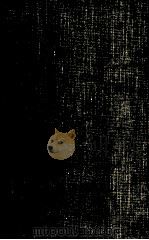
- AUTOMATIC CONTROL SYSTEMS
- 1977 Cornell University
-
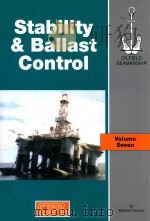
- Stability and Ballast Control
- 1995 Oilfield Publications
-
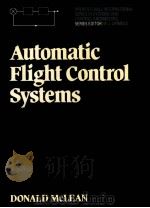
- AUTOMATIC FLIGHT CONTROL SYSTEMS
- 1990 PRENTICE HALL
-

- AIRCRAFT STABILITY AND CONTROL
- 1961 PERGAMON PRESS
-

- AUTOMATIC CONTROL FOR POWER AND PROCESS
- 1964 MCGRAW-HILL BOOK COMPANY
-
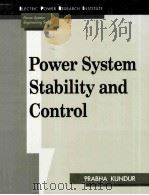
- POWER SYSTEM STABILITY AND CONTROL
- 1994 MCGRAW-HILL
-

- STABILITY AND CONTROL OF AIRPLANES AND HELICOPTERS
- ACADEMIC PRESS
提示:百度云已更名为百度网盘(百度盘),天翼云盘、微盘下载地址……暂未提供。➥ PDF文字可复制化或转WORD

